 "Svend" (svend)
"Svend" (svend)
05/22/2015 at 14:09 • Filed to: None
 16
16
 8
8
 "Svend" (svend)
"Svend" (svend)
05/22/2015 at 14:09 • Filed to: None |  16 16
|  8 8 |
Its 100 years since the Quintinshill train disaster. Britain’s worst ever train disaster.
At 6.49 am on Saturday 22 May 1915 a Liverpool-bound troop-train carrying half (498 all ranks) of the 7th (Leith) Battalion, The Royal Scots (The Royal Regiment) (7RS) collided head on with a local passenger train, which had been ‘parked’, facing north, on the south-bound main line at Quintinshill, just North of Gretna, to allow a following express to overtake it. Normally the local train would have been held in one of the loops at Quintinshill but both of these were already occupied by goods trains. The troop train overturned, mostly onto the neighbouring north-bound mainline track and, a minute later, the Glasgow-bound express ploughed into the wreckage causing it to burst into flame. The ferocity of the fire, and consequent difficulty of rescuing those trapped in the overturned and mangled carriages, was compounded by the fact that most of the carriages were very old, made of wood and lit by gas contained in a tank beneath them. Between the crash and the fire a total of 216 all ranks of 7RS and 12 others (see Note 1), mostly from the express but including the driver and fireman on the troop-train, died in, or as an immediate result of what was, and remains, Britain’s worst railway disaster.

‘The survivors at once got to work to help their stricken comrades and soon the whole neighbourhood was alarmed, and motor cars from near and far hastened to the spot with medical and other help. The kindness shown on all hands will never be forgotten, especially by the people from the surrounding area and Carlisle who gave such valuable assistance to the injured. Their hospitals were soon overflowing, but all who needed attention were quickly made as comfortable as possible. Their Majesties The King and Queen early sent their sympathy and gifts to the hospitals.’
62 survived unscathed (out of 500 troops) and were sent to Carlisle barracks to be fed and rested to be put on another train on to Liverpool to be sent on to war to fight in Gallipoli, only being saved in the eleventh hour and returned to Scotland while 55 injured were sent back to Edinburgh.
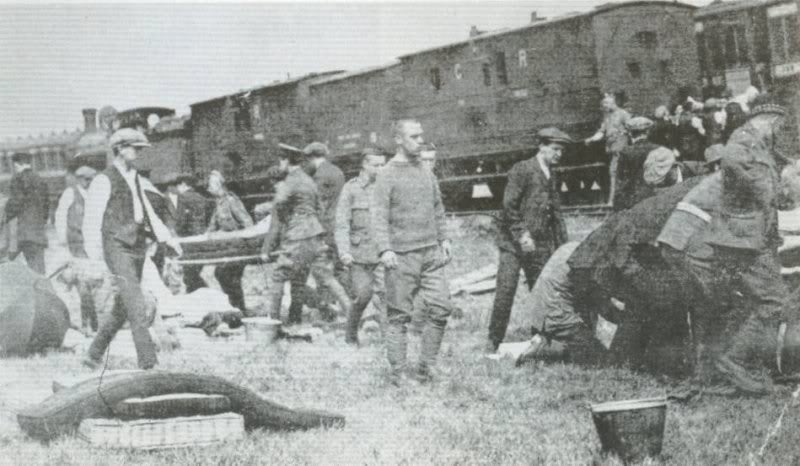
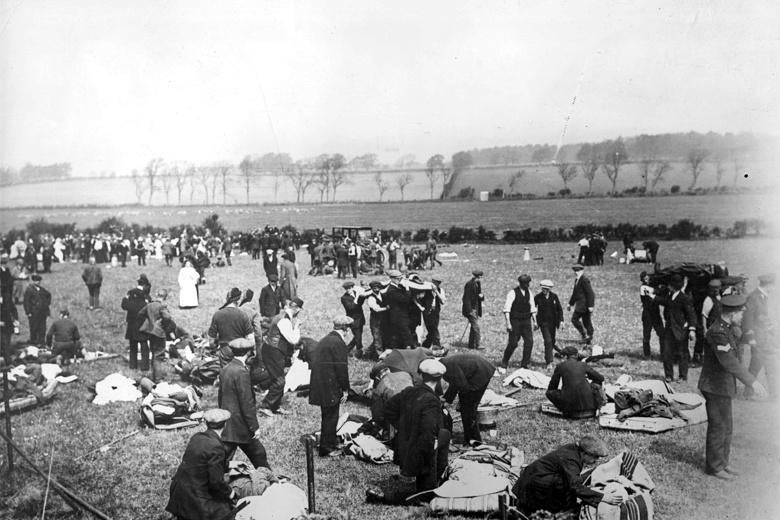
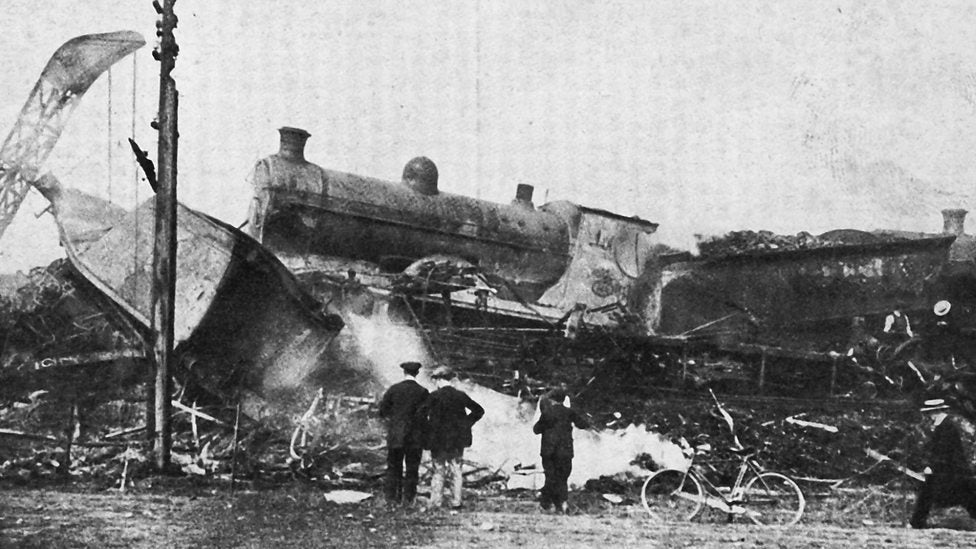
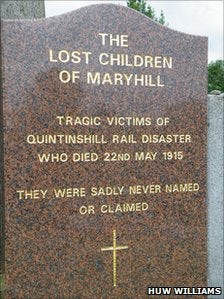
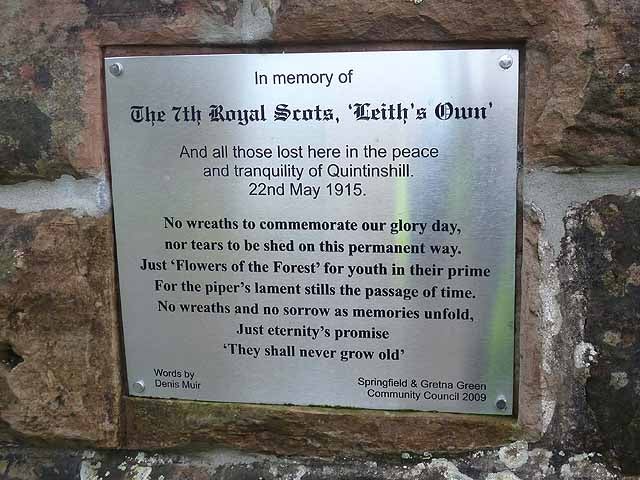
It was to be the war to end all wars, sadly it wasn’t to be the case.
If anyone is travelling through Carlisle or Gretna take time to give a moments respect. A cairn at Carlisle Railway Station of 226 stones each representing a life lost that day is there to focus.
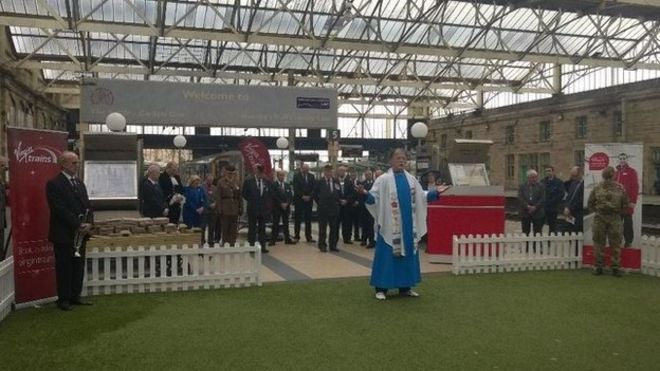
Rest in peace to all those who lost their lives both in and out of direct conflict.
 John Norris (AngryDrifter)
> Svend
John Norris (AngryDrifter)
> Svend
05/22/2015 at 23:27 |
|
Thanks for posting that. I never heard of it.
A lot has happened in 100 years and we certainly are a lot safer, but still not immune, from big transportation accidents. But the pioneers certainly paid a heavy price getting educated so we could all benefit. Trains had been around for quite a while by 1915, however having 5 trains working through a 4 track switch was probably pushing the envelope at the time.
 Svend
> John Norris (AngryDrifter)
Svend
> John Norris (AngryDrifter)
05/23/2015 at 02:56 |
|
The two out lanes were passing lanes where slow local traffic would be taken off the mainline to allow the faster traffic passed. Unfortunately both passing lanes were being used to hold freight and were full. The loco was moved from the northbound side to allow one of the two sleeper trains which were running late out of London. The loco was forgotten where the southbound military train ran into it, where subsequently the second northbound sleeper ran into it.
The signalmen took all the blame in a very strange case where both defence and prosecution council took information (other than the one arresting police officer) provided by the Caledonian railway company (the same company operating the line), it was heavily found that the signalmen were solely at fault but what was really odd was as soon as both men were released from prison for murder the same train company took them both back on again (though not as signalmen).
It is said and corroborated that men either shot themselves so as not to burn to death while one begged to be shot and was shot by revolver while another slit his own throat with a knife he had. To get to that point must of been horrific.
 pip bip - choose Corrour
> Svend
pip bip - choose Corrour
> Svend
05/23/2015 at 06:10 |
|
thank you for that.
never heard of it before.
 Svend
> pip bip - choose Corrour
Svend
> pip bip - choose Corrour
05/23/2015 at 06:46 |
|
It was glossed over in the most part and forgotten by many. Cumbria and south west Scotland gets forgotten often.
 Cé hé sin
> Svend
Cé hé sin
> Svend
05/25/2015 at 09:34 |
|
They weren’t actually charged with murder though and were released from prison early due to pressure from their union.
 Svend
> Cé hé sin
Svend
> Cé hé sin
05/26/2015 at 01:54 |
|
Ye’, there are still some sources stating they were convicted for murder while some have:-
!!! UNKNOWN CONTENT TYPE !!!
The Board of Trade carried out an investigation immediately, and an inquest into the deaths began at Carlisle on 25 May. It concluded that the signalmen James Tinsley and George Meakin were responsible for the manslaughter of those who died in the collisions.
At the High Court trial in Edinburgh on 14 September 1915 Tinsley and Meakin were held responsible for their failure to follow railway company rules and regulations. They were convicted of culpable homicide arising from gross neglect of duties. Meakin was sentenced to eighteen months imprisonment, while Tinsley, who bore the greater share of blame, was committed to Peterhead prison for three years’ imprisonment with hard labour.
The conviction of the two men focussed attention on their individual failings. On 4 November a Fatal Accident Inquiry at Dumfries Sheriff Court examined the circumstances of the deaths of the three railwaymen who were killed (SC15/27/1915/9). It exposed weaknesses in the Caledonian Railway Company’s practices in supervising and carrying out signalling, but concluded that the signalmen were to blame for the crash. Other contributory factors, such as the pressures on the railway network from the high priority accorded to military trains, and technical deficiencies in the rolling stock, received little or no scrutiny in the official investigations.
Evidence in the Crown Office precognition reveals that when the Dumfries police arrested Tinsley on 28 May, a doctor pointed out that he suffered from epilepsy. His condition may have contributed to his forgetfulness at the time of the accident.
After the trial successive Secretaries of State for Scotland came under pressure from J H Thomas of the National Union of Railwaymen, and sections of public opinion, to have Tinsley’s and Meakin’s sentences reduced, or even for them to receive a royal pardon. Tinsley himself petitioned the Secretary of State on 3 April 1916. He was eventually released one year early, on 15 December 1916, on the same day that Meakin was released on completing his sentence.
 Cé hé sin
> Svend
Cé hé sin
> Svend
05/26/2015 at 04:45 |
|
Yes, I saw the TV documentary with Neil Oliver. Culpable homicide is a long way from murder as were the sentences - it’s something like doing something blameworthy which resulted in death without actually having any intention of harming anyone.
The whole thing was a cover up of course with scapegoats being chosen.
 Svend
> Cé hé sin
Svend
> Cé hé sin
05/26/2015 at 05:49 |
|
I’m not a fan of Neil Oliver but I grinned and bared it to watch this one.